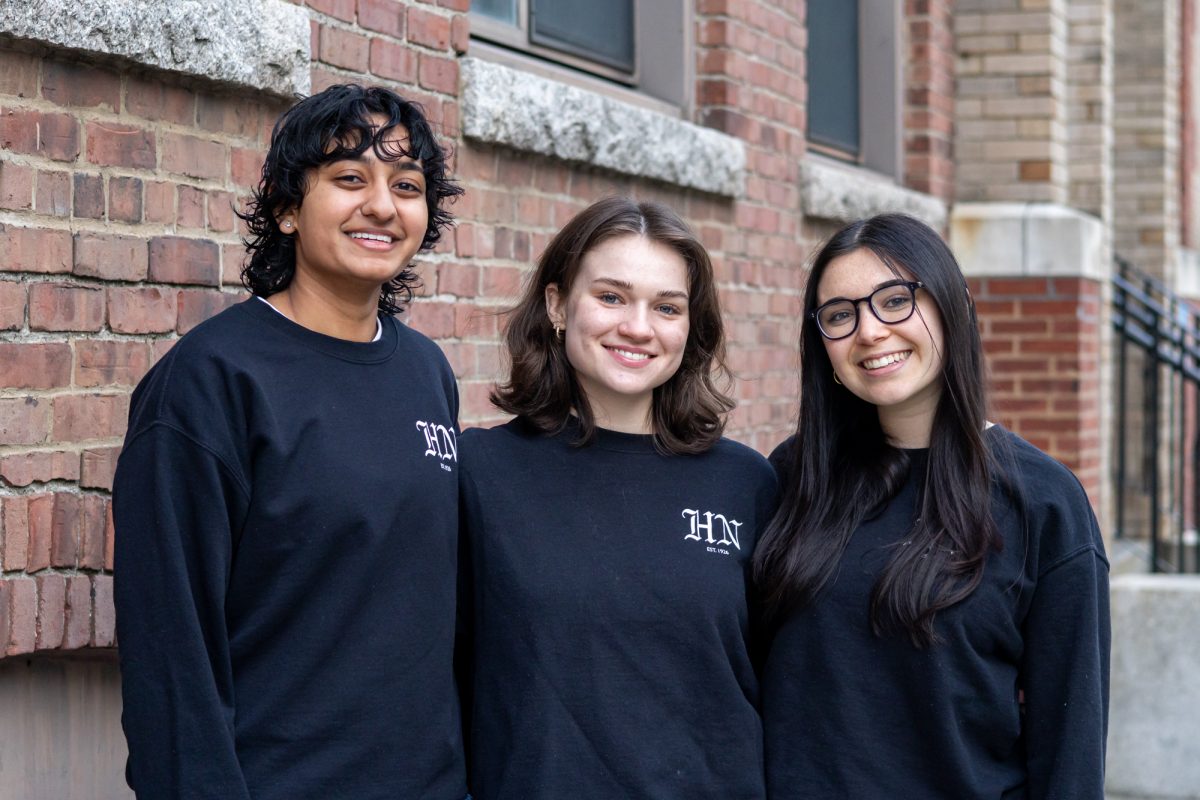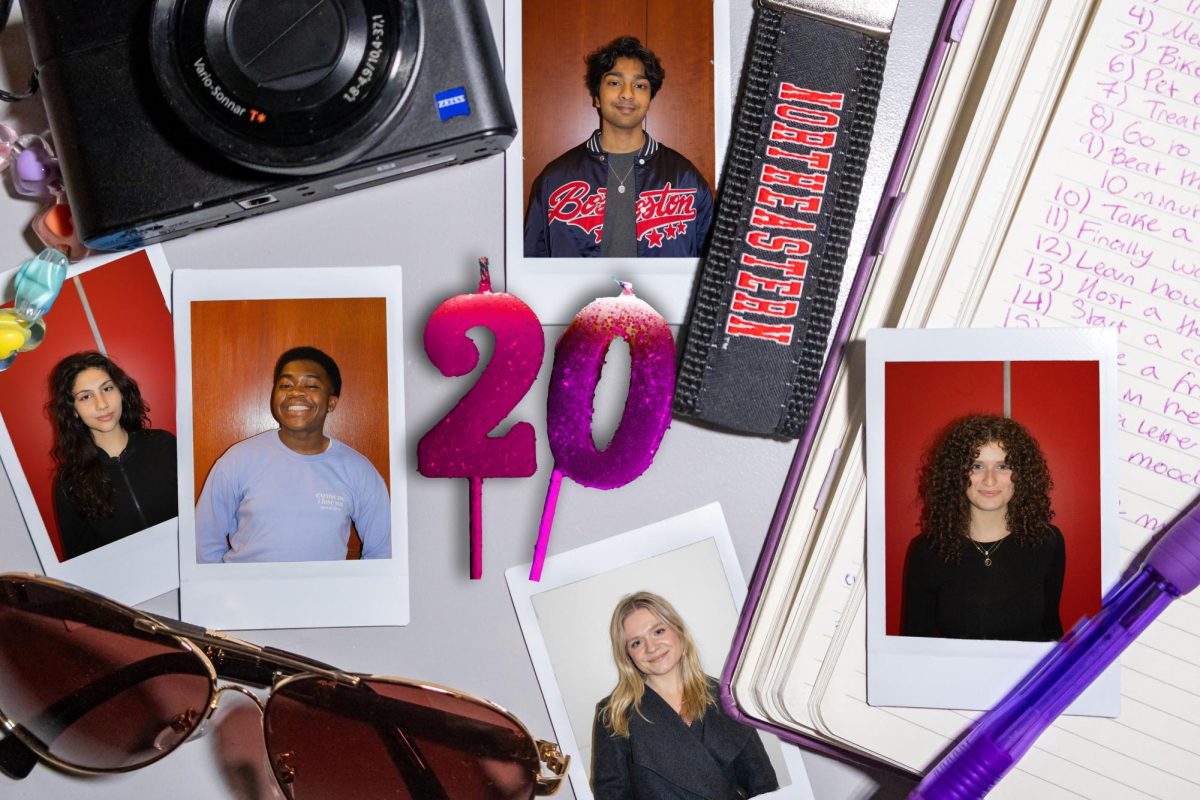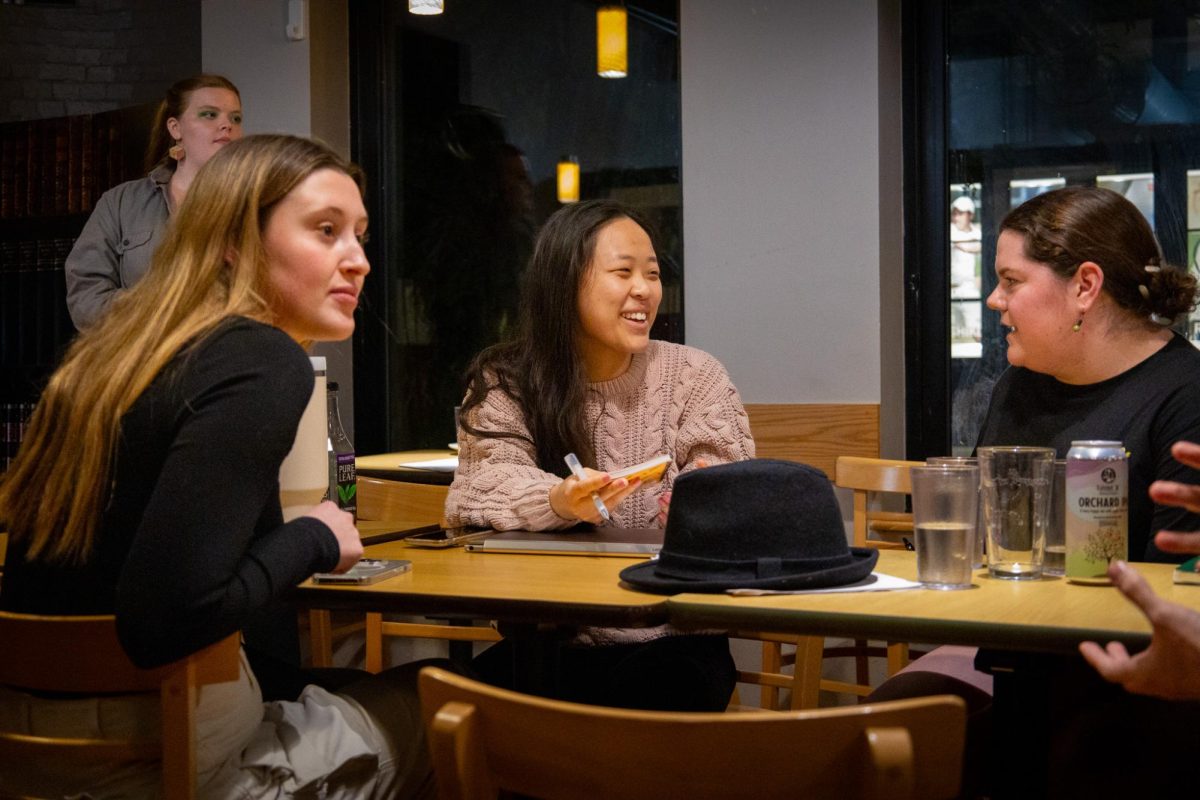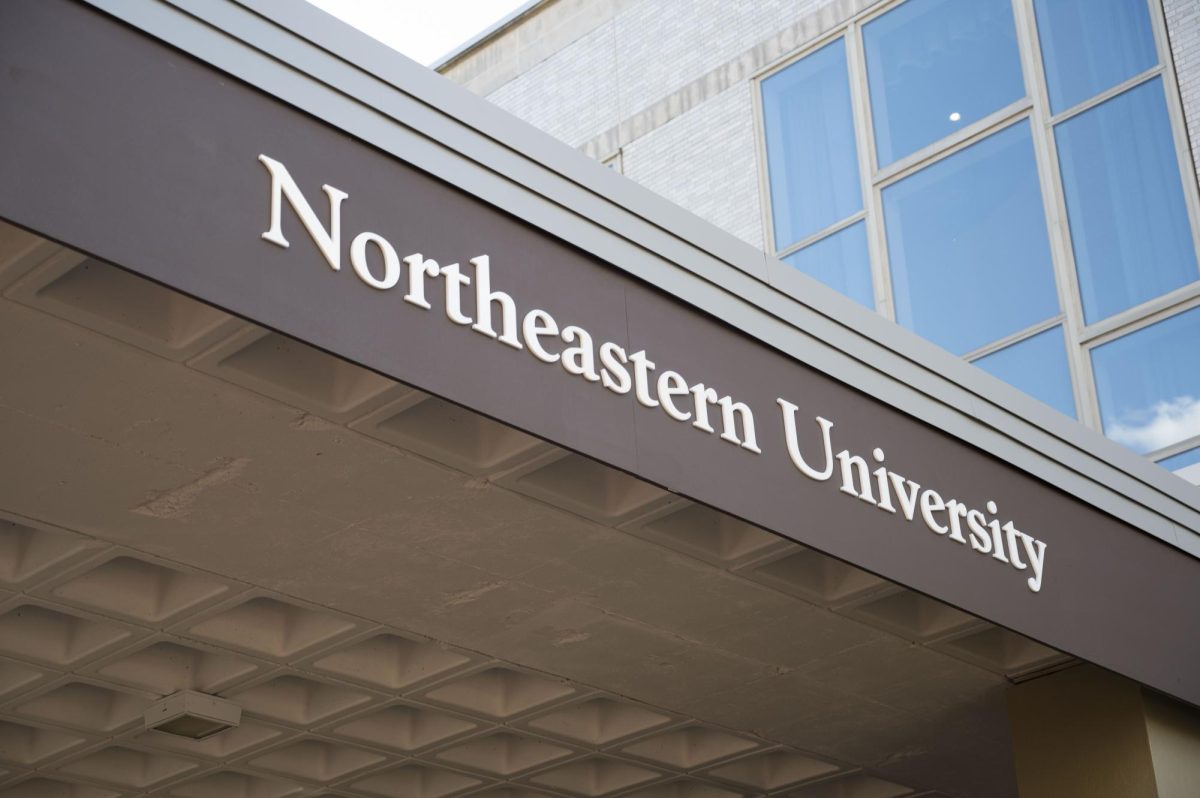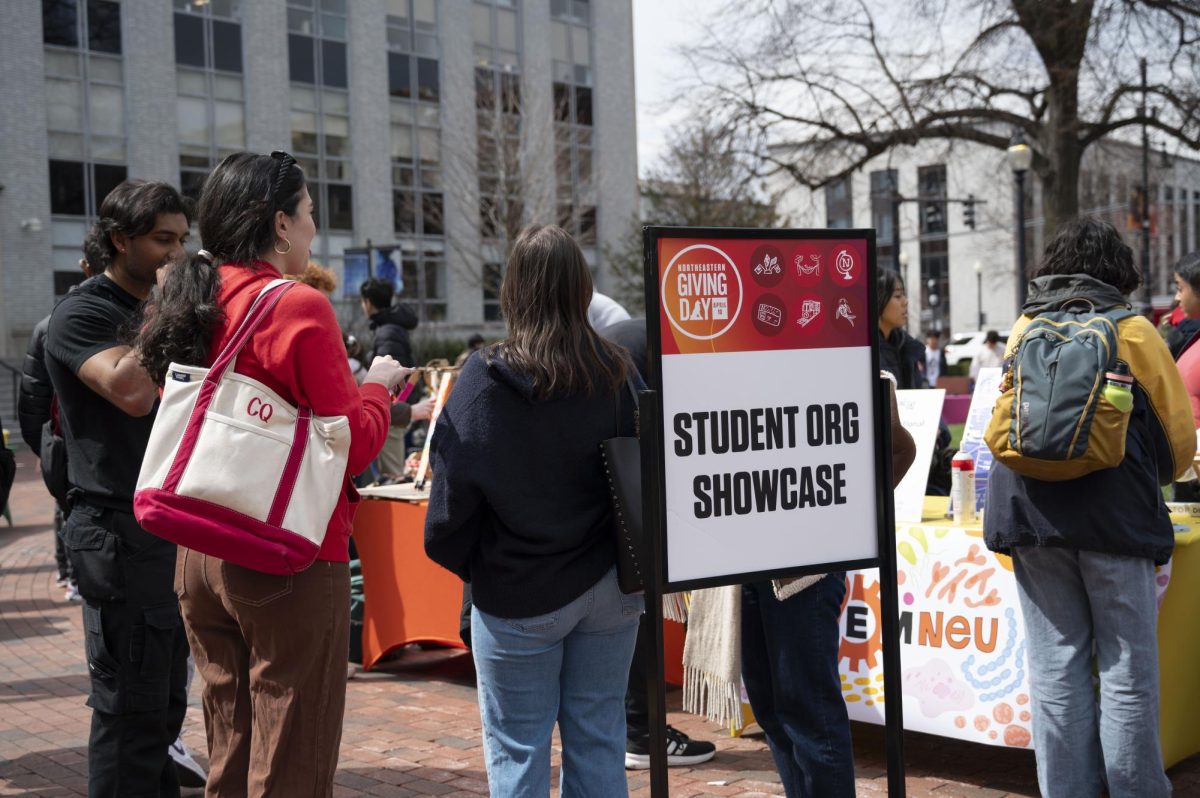By Stephanie Vosk and Steve Babcock
To appease both the city and the students, Northeastern pledged at a community meeting Monday night to produce plans for at least two new residence halls by January.
The residence halls would hold a total of at least 1,250 beds and would be a replacement for the properties Northeastern currently leases to students, according to a Memorandum of Agreement signed by Northeastern and the city of Boston.
“I think it is a significant step forward for us,” said Robert Gittens, vice president forpublic affairs. “I think we’ve made great headway with the city and them with us.”
The agreement is part of a master plan Northeastern has to submit to city officials every 10 years, detailing its institutional goals. Because the master plan signed in 2000 has virtually been completed, ending with the construction of West Village building F, a new plan will be unveiled five years ahead of schedule, Vice President for Student Affairs Ed Klotzbier said.
City Councilor Michael Ross, who represents the Fenway neighborhood and has been adamant about maintaining an equal community of students and other residents, said he was “very pleased” with the agreement.
“This was a good first step, but we still have a number of issues to attend to,” he said. “It’s not in the interest of either side for the neighborhood to become fully institutional.”
As was the case with the building of the Davenport complex, Northeastern has often looked to buy community land to develop when such issues arise.
Currently, Ross said the city is concerned about Northeastern’s plans for St. Ann’s University Parish on St. Stephen Street, which will soon close, along with the apartments from 141 to 148 Hemenway St.
“There needs to be a clear defining of Northeastern’s boundaries. What happens is there is land that they don’t own, but end up controlling in one way or another. That doesn’t help the neighbors, and it really doesn’t help Northeastern either,” Ross said.
Gittens said the president’s office and the business office will be actively looking for property for the new buildings. In the meantime, the university will be reducing the amount of leased housing it offers gradually over the next five years. The university currently leases housing in several locations around campus, including Hemenway Street and Douglass Park.
In the fall, Northeastern will be housing 750 students in leased property — a number down from last year as students will no longer be staying in Hostelling International on Hemenway Street. The addition of housing on Coventry Street will make up for the loss of the hostel, Gittens said.
The Coventry Street Residential Hall is university-owned and will resemble the set-up found in Davenport and West Village. Coventry will house all upperclass students in two-person, three-person and four-person apartments, said Carrie Lemasa, assistant direct of on-campus housing.
“The total number of students who will live in that facility has not yet been determined; we will not know that until later in the summer,” Lemasa said.
The planned new buildings must be approved by the Boston Redevelopment Authority (BRA) and the Inspectional Service Department (ISD), Gittens said.
Negotiations began with the city to build new residence halls almost a year ago, when ISD found some of the buildings with leased apartments violated health codes. In February, community members were upset by the events that occurred after the New England Patriots won the Super Bowl. That led to a series of meetings with members of the community, Gittens said.
The university then developed a “four-point” plan to target problems on campus. The points included on-campus housing, off-campus housing, security issues and student accountability. Gittens said resolving the problems would benefit both the university and the surrounding neighborhood.
“I think it’s a matter of, first and foremost, being able to house more students on our campus rather than in the community,” Gittens said.
For students, however, not having access to leased properties will mean one less option at a school where approximately 51 percent of students reside off campus, Klotzbier said.
“I don’t think it’s right to move kids from the leased apartments,” said Kevin Vecey, a junior biology major. “They’re upperclass students, they should be able to have a choice of where to live. It’s not right to limit students only to [residence halls] or finding apartments entirely off campus.”
Student Government Association President Andres Vargas said since the Super Bowl riots, when community opinion of college students was perhaps at an all-time low, both sides have made strides.
“We’ve really had a positive transition from such bad events this winter,” Vargas said. “To fully rectify our problems, both sides will have to come halfway. The community needs to live with students in their area, and the university will have to acknowledge that there is a residential community in our backyard.”
Gittens said the students and faculty will continue to hold meetings to discuss problems in the area with community members. Currently, talks are underway to make move-in day run as smoothly as possible.
“[The plan for the buildings] resolves a set of issues with the city and a number of issues that have been raised by the community,” Gittens said, ” but in no way is this the end.”


